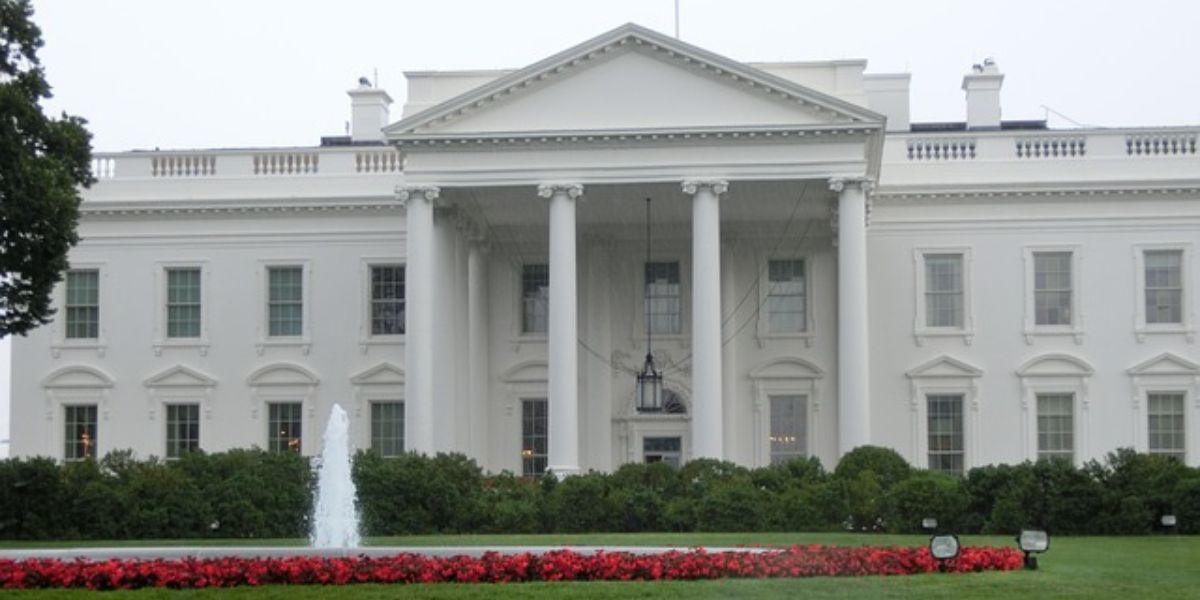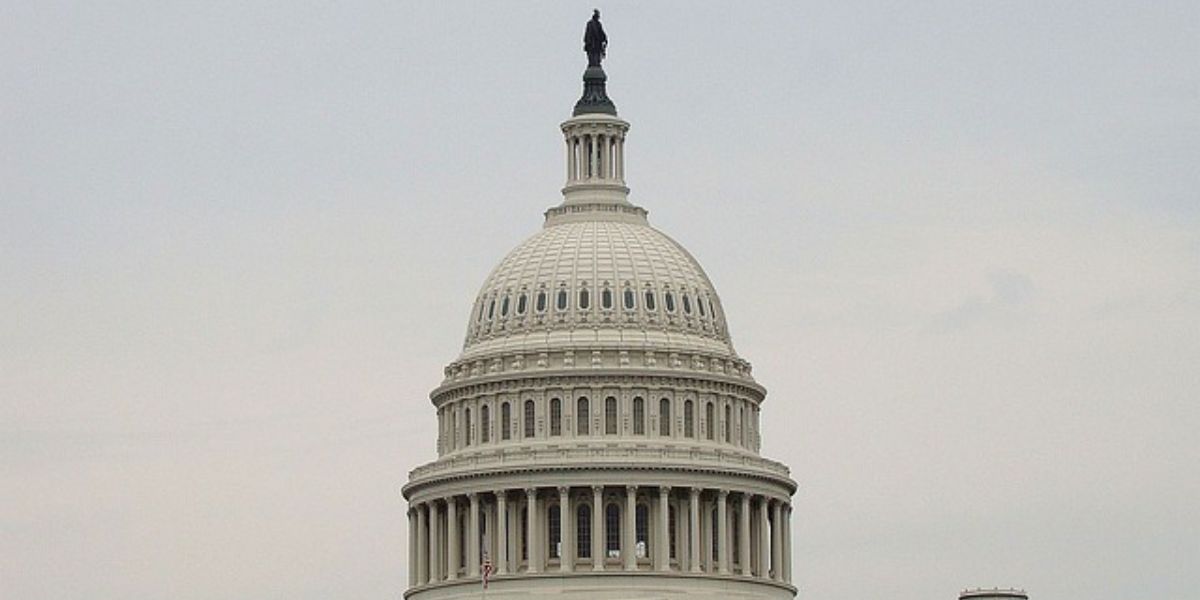Since the inception of his political career, Trump had championed the working middle-class, however, his biggest tax reliefs were reserved for corporations and the wealthy. As the US election concludes, it seems like a second term for Donald J Trump is quite inevitable.
The Tax Cuts and Jobs Act of 2017, during the first Trump presidency, represented the most significant tax reform since 1986 which implemented extensive modifications that affected all taxpayers. On the income tax front, it increased the standard deduction available to taxpayers, thereby providing greater protection for their earnings against taxation. Additionally, the legislation also reduced several individual income tax rates and expanded the income brackets associated with these rates.
However, these alterations are not permanent, the provisions are about to expire at the conclusion of 2025 meaning that a substantial number of Americans can face an increase in their tax liabilities.
The forthcoming administration will play a pivotal role in deciding which provisions need to be retained, which should be allowed to expire, and which to amend. Following his campaign trail and campaign promises, what can we expect from his second term?
Campaign promises
The contrast between Trump and Harris on the campaign trail was that Trump proposed tax cuts for everybody while Harris tried to gear her tax cuts more toward the middle class and raise taxes on higher-income taxpayers.
Trump promises to ensure the permanence of the existing law, with the exception of removing the USD 10,000 limit on deductions for state and local taxes (SALT). He proposed a range of policy initiatives, which includes a reduction in the corporate tax rate for domestic production, the exemption of certain income types from income tax, impose excise taxes on large private university endowments, the elimination of green energy tax credits, and the introduction of significant new tariffs.
Corporate income tax
Trump promises to reduce corporate tax rates for domestic production from 21% to either 20% or 15%.
Tax exemptions
He promised to introduce a number of exemptions of certain income types from income tax. This includes exempting overtime pay, tip income, Social Security benefits, as well as introducing a deduction for auto loan interest.
The Tax Cuts and Jobs Act, enacted during Trump’s administration, increased the child tax credit (CTC) for dependents under the age of 17 from USD 1,000 to USD 2,000. Additionally, the legislation broadened the eligibility criteria for families, raising the income threshold from USD 110,000 to USD 400,000. This time around, his campaign expressed support for a tax credit for family caregivers with an expansion of the child tax credit to a universal amount of USD 5,000.
Tariffs
Trump is contemplating the replacement of the income tax with tariffs. During his campaign, he has expressed strong support for implementing a universal baseline tariff on all imports to the United States, alongside a significant 60% tariff specifically on imports from China.
According to estimates from the Tax Foundation, Trump’s proposed tax policies would constitute the seventh largest tax increase since 1940.















